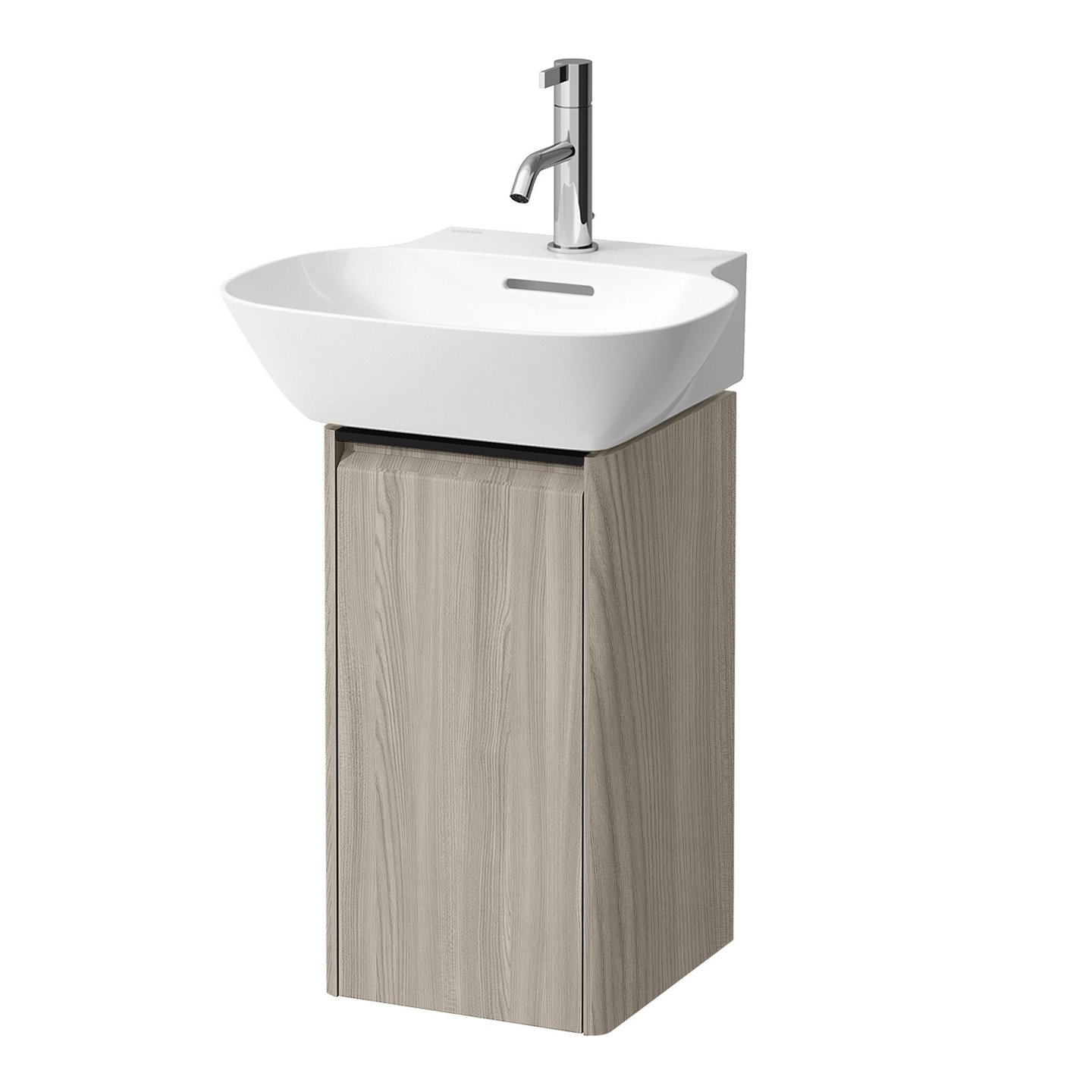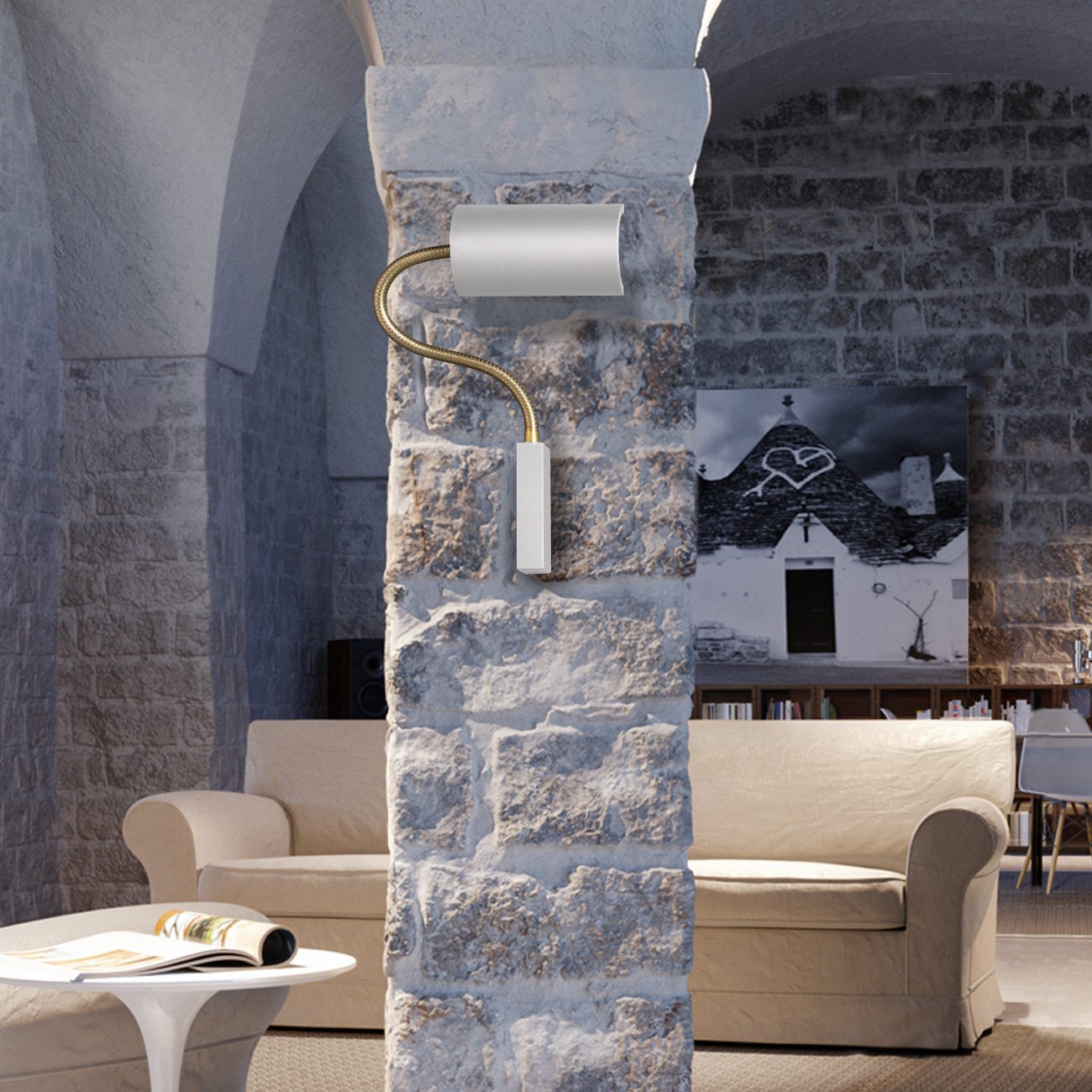Voepass Plane

A Voepass plane, also known as a “virtual” or “software-defined” aircraft, is a conceptual design that utilizes advanced digital technologies to redefine the way aircraft are operated and managed. The core idea behind a Voepass plane is to leverage virtualized components, such as software, algorithms, and data analysis, to enhance aircraft performance, efficiency, and safety.
Types of Voepass Planes
Voepass planes are not a specific type of aircraft but rather a concept that can be applied to various existing aircraft designs. The key distinction lies in the implementation of software and virtualized components. Different types of Voepass planes can be categorized based on the level of virtualization and the specific functionalities they offer. For instance:
- Software-Defined Aircraft (SDA): This type of Voepass plane utilizes software to control and manage various aircraft systems, such as flight control, navigation, and engine management. This allows for greater flexibility and adaptability in aircraft operations.
- Virtualized Avionics: In this approach, avionics systems are virtualized, allowing for the consolidation of multiple functions onto a single platform. This reduces the weight and complexity of aircraft systems.
- Cloud-Connected Aircraft: These planes connect to the cloud to access real-time data, weather information, and other relevant data. This enables advanced decision-making and optimized flight planning.
Advantages of Using a Voepass Plane
The use of Voepass planes offers several potential advantages, including:
- Enhanced Efficiency: Voepass planes can optimize fuel consumption, reduce maintenance costs, and improve overall operational efficiency by leveraging data analysis and intelligent algorithms.
- Increased Safety: Virtualized systems and advanced software can enhance situational awareness, detect potential hazards, and provide real-time assistance to pilots, contributing to increased safety.
- Improved Flexibility: Voepass planes can be easily adapted to changing operational requirements and new technologies, providing greater flexibility in aircraft operations.
- Reduced Costs: Virtualization and software-defined systems can reduce the need for physical hardware, leading to lower development and maintenance costs.
Disadvantages of Using a Voepass Plane
While Voepass planes offer numerous benefits, there are also some potential drawbacks:
- Cybersecurity Risks: Increased reliance on software and digital systems raises concerns about cybersecurity vulnerabilities. Robust security measures are crucial to protect aircraft systems from cyberattacks.
- Complexity and Reliability: The complexity of virtualized systems can pose challenges in terms of reliability and maintenance.
- Regulatory Challenges: The integration of new technologies and software-defined systems into existing aviation regulations can present significant regulatory challenges.
- Infrastructure Requirements: Cloud-connected aircraft require reliable and robust communication infrastructure to function effectively.
Using a Voepass Plane

Voepass planes are innovative aircraft designed for efficient and sustainable travel. They are characterized by their unique propulsion system and advanced aerodynamic design, enabling them to achieve remarkable fuel efficiency and reduced emissions. This section provides a comprehensive guide on using a Voepass plane, covering various aspects from boarding procedures to maximizing efficiency.
Understanding Voepass Plane Models and Features
Voepass planes are available in various models, each designed for specific purposes and passenger capacities. Understanding the key features and differences between these models is crucial for choosing the right aircraft for your needs.
- Voepass 100: The Voepass 100 is a smaller, regional aircraft designed for short-haul flights, typically serving routes within a country or between neighboring countries. It is known for its fuel efficiency and quiet operation, making it suitable for regional airports with limited infrastructure.
- Voepass 200: The Voepass 200 is a larger aircraft capable of handling medium-haul flights, covering distances between major cities within a continent. It offers increased passenger capacity and cargo space compared to the Voepass 100, making it ideal for airlines seeking to expand their network.
- Voepass 300: The Voepass 300 is the largest model in the Voepass family, designed for long-haul flights across continents. It features a spacious cabin, advanced entertainment systems, and optimized comfort features, catering to passengers seeking a luxurious and comfortable travel experience.
Boarding and In-Flight Procedures
Boarding a Voepass plane is similar to boarding any other commercial aircraft. Passengers are typically directed to their designated gate, where they will be checked in and provided with boarding passes. Once the aircraft is ready, passengers will be guided to their assigned seats.
- Boarding: Passengers are typically boarded in a staggered manner, starting with families with young children and those requiring special assistance. Once all passengers are seated, the flight attendants will conduct a safety demonstration, explaining the location and use of safety equipment.
- In-Flight Entertainment: Most Voepass planes offer in-flight entertainment systems, providing passengers with a range of movies, TV shows, music, and games. Some models may also have Wi-Fi connectivity, allowing passengers to access the internet during the flight.
- Meals and Beverages: Depending on the flight duration and the airline’s policy, meals and beverages may be provided to passengers. Snacks and drinks are typically available for purchase on most flights.
- Arrival and Disembarkation: Upon arrival at the destination airport, passengers will be instructed to disembark the aircraft. Flight attendants will guide passengers to the baggage claim area, where they can retrieve their luggage.
Maximizing Efficiency with a Voepass Plane
Voepass planes are known for their efficiency, both in terms of fuel consumption and environmental impact. Passengers can contribute to maximizing this efficiency by following these tips:
- Packing Light: By packing only essential items and avoiding unnecessary baggage, passengers can reduce the overall weight of the aircraft, leading to lower fuel consumption.
- Minimizing Waste: Passengers can contribute to reducing waste by using reusable water bottles, minimizing single-use plastic items, and disposing of waste properly.
- Choosing Direct Flights: Direct flights typically result in less fuel consumption compared to flights with multiple stops. When possible, choose direct flights to minimize your environmental footprint.
Voepass Plane in the Aviation Industry

Voepass planes, characterized by their unique design and capabilities, have emerged as a significant player in the aviation industry, impacting various aspects of flight operations and contributing to advancements in safety and efficiency.
Impact on Flight Safety, Voepass plane
Voepass planes have made significant contributions to flight safety through their innovative design features and advanced technologies. The emphasis on robust construction, redundant systems, and advanced safety features has resulted in a demonstrably lower accident rate compared to traditional aircraft.
- Enhanced Structural Integrity: Voepass planes are designed with reinforced structures and materials that can withstand extreme conditions, reducing the risk of catastrophic failures during flight.
- Redundant Systems: Voepass planes feature multiple backup systems for critical functions, such as flight control and engine operation, ensuring that a single failure does not lead to a catastrophic event. This redundancy significantly enhances the reliability and safety of the aircraft.
- Advanced Safety Features: Voepass planes are equipped with state-of-the-art safety features, including ground proximity warning systems, collision avoidance systems, and advanced weather detection systems. These technologies provide pilots with real-time information and alerts, enabling them to make informed decisions and avoid potential hazards.
Impact on Flight Efficiency
Voepass planes have also made significant strides in improving flight efficiency, contributing to reduced operating costs and increased profitability for airlines.
- Fuel Efficiency: Voepass planes are designed with aerodynamically optimized shapes and lightweight materials, resulting in reduced fuel consumption and lower operating costs. The use of advanced engine technologies further enhances fuel efficiency, contributing to a smaller environmental footprint.
- Increased Payload Capacity: Voepass planes are often designed with larger cargo holds and passenger cabins, allowing airlines to transport more goods and passengers per flight. This increased payload capacity translates to higher revenue potential and improved profitability.
- Reduced Maintenance Costs: The use of durable materials and simplified designs in Voepass planes leads to reduced maintenance requirements and lower operating costs. The focus on reliability and long-term performance minimizes downtime and maximizes operational efficiency.
Future Applications of Voepass Planes
The future of Voepass planes holds immense potential for further advancements and wider applications within the aviation industry.
- Expanding Role in Regional and Commuter Aviation: Voepass planes are well-suited for regional and commuter routes, offering efficient and cost-effective transportation options for passengers and cargo. Their versatility and adaptability make them ideal for serving underserved communities and connecting remote regions.
- Advancements in Cargo Transportation: Voepass planes are increasingly being used for cargo transportation, offering a reliable and efficient solution for moving goods across continents. Their large cargo holds and efficient operations make them attractive for logistics companies and freight forwarders.
- Potential for Hybrid and Electric Propulsion: The aviation industry is actively exploring the integration of hybrid and electric propulsion systems in aircraft. Voepass planes, with their lightweight designs and efficient operations, are well-positioned to benefit from these advancements, leading to even greater fuel efficiency and reduced emissions.
Voepass plane – Voepass Airlines, a Brazilian regional carrier, has a history of safety and reliability. However, the aviation world was shaken by the tragic brazil plane crash 2024 , which highlighted the inherent risks associated with air travel. This incident served as a stark reminder of the need for constant vigilance and rigorous safety protocols within the aviation industry, particularly for airlines like Voepass that operate in challenging environments.
The VoePass plane, a marvel of modern aviation, was designed with speed and efficiency in mind. Its sleek aerodynamic design allows it to navigate the skies with remarkable agility, transporting passengers across vast distances with ease. However, even the most sophisticated aircraft must adhere to strict schedules, and the VoePass plane’s flight plans often coincide with crucial events, such as the presidential debate dates.
These debates, which shape the course of the election, necessitate the VoePass plane’s meticulous timing, ensuring that key figures can arrive at their destinations promptly and participate in these critical discussions.
